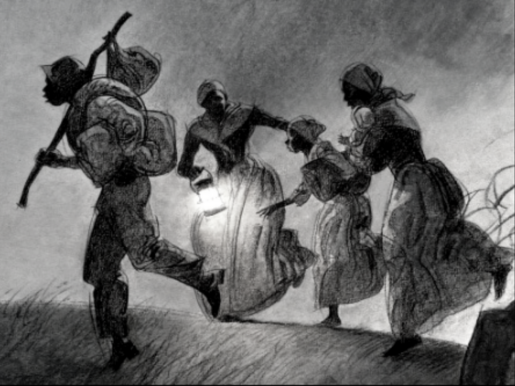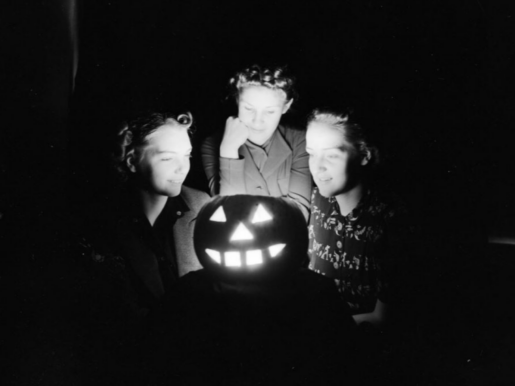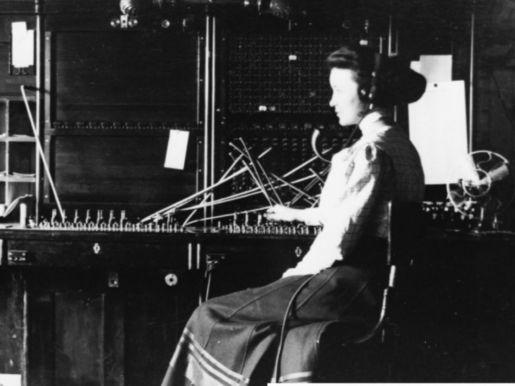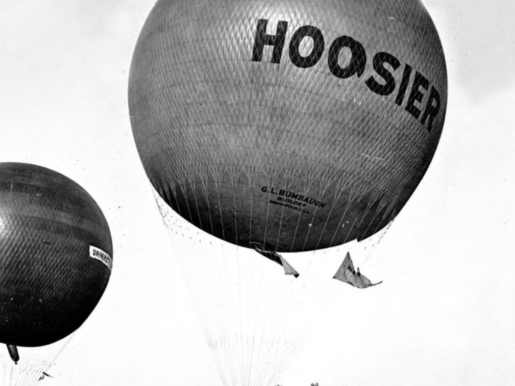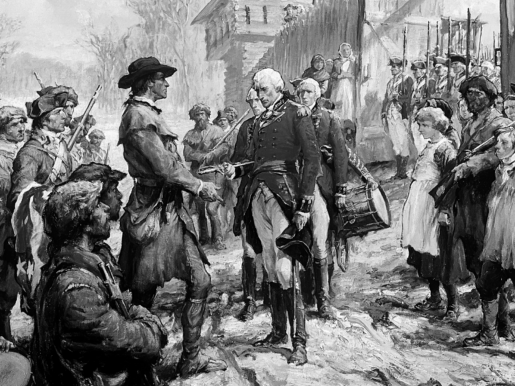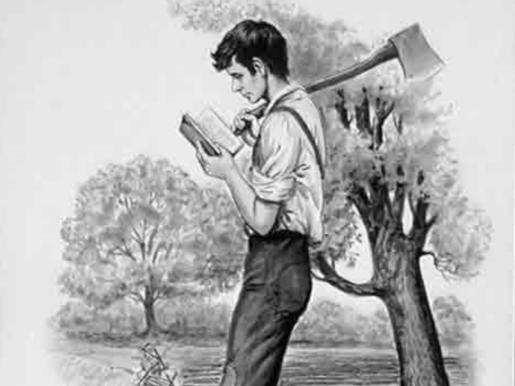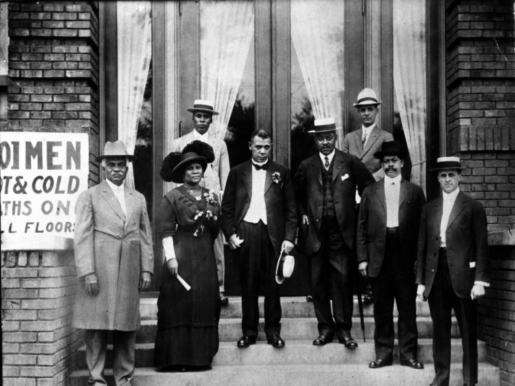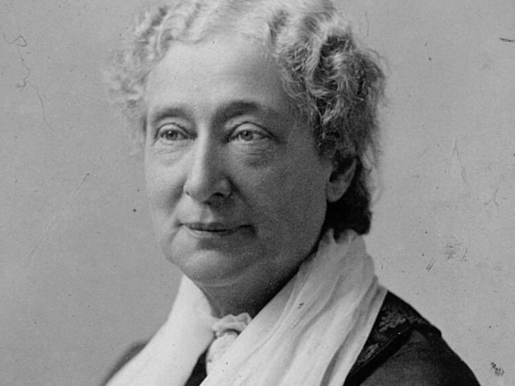The Rhodes Family Incident
In the late 19th and early 20th centuries, people lived a lot more closely with death than we do today. Mortality rates were much higher. Wakes were held in the family home. And relics of the dead, such as death photographs and hair jewelry, were kept as prize possessions after the wake had ended. Perhaps it’s not surprising then, that from this time came a wealth of ghost stories, often related in the pages of newspapers. In this episode, we’ll share just a few of these ghastly tales from the pages of Indiana History.
Haunted Hoosier History 2018
In the late 19th and early 20th centuries, people lived a lot more closely with death than we do today. Mortality rates were much higher. Wakes were held in the family home. And relics of the dead, such as death photographs and hair jewelry, were kept as prize possessions after the wake had ended. Perhaps it’s not surprising then, that from this time came a wealth of ghost stories, often related in the pages of newspapers. In this episode, we’ll share just a few of these ghastly tales from the pages of Indiana History.
“Hello Girls” Fight Back
On Thursday, April 24, 1919, 13 women took off their headsets and staged a walk out at the New Home Telephone Company in Linton, Greene County, Indiana. Five days later, a battle broke out between the people of Linton and the Indiana militia. On this episode of Talking Hoosier History, we explore the harsh working conditions that drove these women to strike and the course of events that led to the whole area around Linton being put under Martial Law.
Hoosier: A Brief Overview
What is a Hoosier? People have been asking just that question for nearly two centuries, but have we ever really figured it out? On this episode of Talking Hoosier History, we explore some of the various and sometimes outlandish explanations of the origin of the most famous demonym in America.
Reaching Toward Peace: Robert F. Kennedy on the Assassination of Martin Luther King, Jr.
On April 4, 1968 Robert Kennedy arrived in Indianapolis for a planned campaign speech. Instead, he had the impossible task of telling the mostly African American audience that Martin Luther King, Jr. had been shot and killed. His speech was an inspiring moment of grace in the aftermath of unthinkable violence. However, it was the strong African American leaders of Indianapolis who led the community in peaceful mourning while other cities erupted into violence.
The Revolutions of George Rogers Clark
You may know that George Rogers Clark took Fort Sackville in Vincennes, Indiana, from the British in a daring siege. But why should we care? How would history be different if he hadn’t? What you may not know is that he later expatriated himself and dared a second revolutionary act that also could have changed history and the U.S. map . . . possibly to this day. In this episode of Talking Hoosier History we ask… WHAT IF?
Lincoln the Boy, the Man, and the Myth
The Senate Avenue YMCA provided a gathering place and rallying point for the African American residents of Indianapolis, who faced prejudice and discrimination in the segregated city. The Y’s “Monster Meetings” brought nationally renown speakers such as Martin Luther King Jr. and their messages of hope for equal rights, love for their oppressors, and resistance to the hate of racism.
Senate Avenue YMCA Monster Meetings
The Senate Avenue YMCA provided a gathering place and rallying point for the African American residents of Indianapolis, who faced prejudice and discrimination in the segregated city. The Y’s “Monster Meetings” brought nationally renown speakers such as Martin Luther King Jr. and their messages of hope for equal rights, love for their oppressors, and resistance to the hate of racism.
Zerelda G. Wallace: Temperance, Suffrage, and the Good Book
Zerelda Wallace became politically active late in her life, after she raised several children and lost her husband. She made up for lost time, however, becoming a leader in the temperance and suffrage movements in Indiana and nationally. Her strong belief in Christian moral principles and ideas about women as the moral compass of humanity inspired her work to bring women the vote.
Haunted Hoosier History: Ghost Stories from the Pages of History
With the rise of spiritualism in the late nineteenth century, Hoosiers began gathering in dimly lit rooms to contact the spirits of the departed. Others didn’t go looking at all, but restless ghosts found them nonetheless. Some of these terrifying tales ended up in the pages of Indiana newspapers. Join us as we journey through these eerie encounters . . . if you dare.

